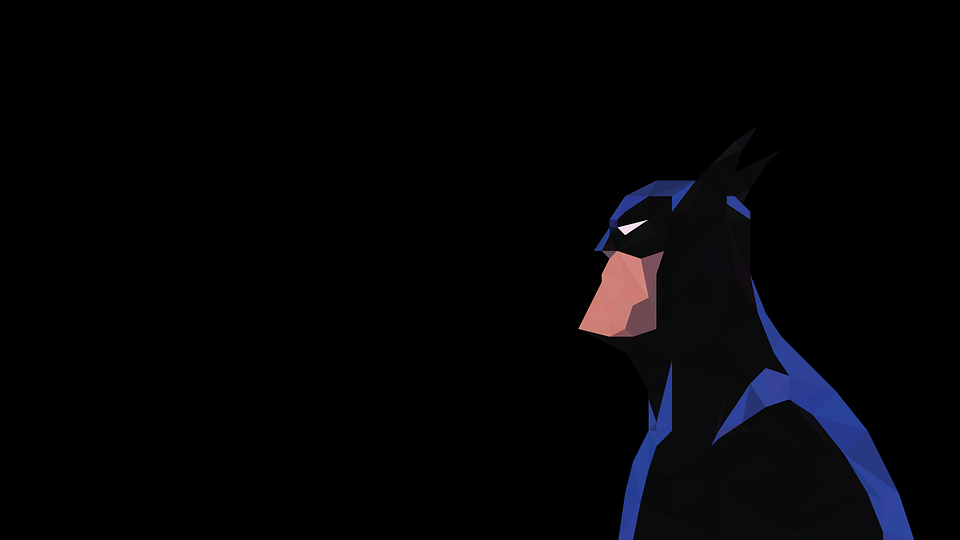Batman
The Punisher
John Clark
Dark Knights are vigilantes, punishers, and warriors for justice that use violence and “unethical” means to punish the wicked and deserving. Most adhere to a high moral and ethical code, but they see their violent means as a way to bring about “good”, even if the actions themselves aren’t “good”.
Dark Knight: The Origin
Vigilantes and “dark knight” types aren’t modern creations found only in the pages of comic books. In the Bible, the sons of Jacob slew all in the city of Shechem out of vengeance for the rape of their sister, Dinah. Robin Hood was a classic vigilante, using violence to steal from the rich to give to the poor. Even in America, the Regulator Movement of the 1760s and 1770s involved citizens taking up arms against corrupt colonial officials (which some historians believe served as a catalyst to the American Revolution). The vigilante ethos is simple: violence is justified as long as the evil is clear-cut. If crimes might otherwise go unpunished, vigilantes feel they have a moral obligation to stand up and take matters into their own hands. They fulfill the spirit of the law because the letter has failed, and they execute vengeance in lieu of justice. The “dark knight” character trope makes a wonderful antagonist because he holds up a mirror to the protagonist, forcing him to question the morals and ethics behind his actions. Because the dark knight is always willing to main or kill in the name of “good”, the protagonist must look at his own violent nature to see how far they are willing to go. When the dark knight takes actions to an extreme in the pursuit of justice and vengeance, the protagonist must examine where their “moral line” is, why it’s set there, and what stops them from crossing over into the dark knight’s side. In a modern world filled with acts of violence and vengeance, the dark knight is more relevant than ever. We all want to take matters into our own hands and bring retribution down on the guilty. But when we read of a dark knight character, it forces us, the reader, to step back and think about our own morals. We are able to see what we believe to be reprehensible or acceptable, and we must then question why certain things feel permissible and others do not. A vigilante on the face of it, but a deep ethical conundrum beneath that helps us, the reader, to grow and better understand ourselves.In stories
There are many vigilante-type characters, but the most popular are:- Batman, in the Dark Knight line of comics and the Dark Knight movie. This Batman is darker, more prone to violence. Though he won’t cross the line into killing, his actions are far less restrained for the sake of protecting his city.
- The Punisher, from the Punisher comics, movies, and TV show. The Punisher kills criminals, drug dealers, and gangsters in the name of law and order, as well as vengeance for the deaths of his family.
- Jack Reacher from Lee Child’s novel series (not the movies) doesn’t bother calling in the law to deal with the villains—he handles the problem himself.

